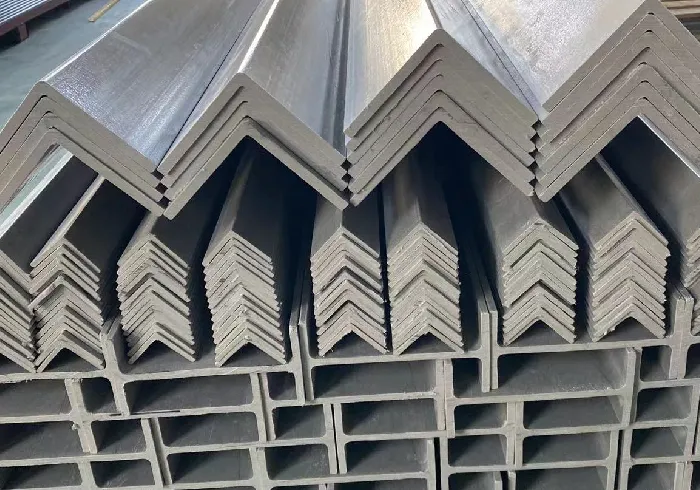loading...
- No. 9, Xingyuan South Street, Dongwaihuan Road, Zaoqiang County, Hengshui, Hebei, China
- admin@zjcomposites.com
- +86 15097380338
- Welcome to visit our website!
Designing Effective Grating Solutions for Enhanced Durability and Safety in Construction
The Importance of Grating Covers in Modern Infrastructure
Grating covers are a critical component of urban infrastructure, serving various functional and aesthetic purposes. These covers are typically made from materials such as metal or reinforced plastic and are designed to fit over drainage systems, manholes, and other access points. With the increasing urbanization and the complexities of modern cities, the significance of grating covers has only grown. This article explores their importance, designs, safety implications, and maintenance considerations.
Functional Importance
The primary function of grating covers is to provide access to underground utilities while ensuring safety for pedestrians and vehicles. By covering drainage systems, they prevent debris from clogging pipes, thus facilitating proper water management during heavy rainfall. This is crucial in mitigating urban flooding, which can lead to significant property damage and safety hazards. Additionally, grating covers help to maintain the integrity of the ground above, preventing soil erosion and structural instability.
Design and Aesthetics
Grating covers come in various designs and materials. Typically, they feature a grid-like pattern that allows water to flow through while bearing considerable weight. Metal grates, made from materials such as cast iron or aluminum, are often utilized for their durability and strength. On the other hand, polymer grates offer lightweight options for areas that require easier handling and installation.
In recent years, there has been a growing trend towards aesthetically pleasing grating covers. Urban planners and designers are increasingly recognizing the importance of integrating functionality with design. Decorative grating covers can incorporate artistic elements, making them an integral part of the city landscape. Custom designs with logos or public art can transform a mundane access point into an eye-catching feature, enriching the urban environment.
Safety Implications
grating cover

Safety is paramount when it comes to grating covers. Poorly designed or maintained grates can pose significant risks. If a cover becomes loose or dislodged, it can create dangerous conditions for pedestrians and cyclists. Furthermore, improper drainage due to inadequate grating design can lead to water accumulation, increasing the risk of slips and falls.
To ensure safety, standards and regulations must be followed during the manufacturing and installation of grating covers. Regular inspections and maintenance are also crucial. Authorities should conduct routine checks to identify any wear and tear, particularly in high-traffic areas. By prioritizing safety, cities can protect their citizens while maintaining the functionality of their infrastructure.
Environmental Considerations
As cities strive for sustainability, grating covers can play a role in promoting eco-friendly practices. Some modern grating designs incorporate permeable materials that allow rainwater to infiltrate the ground rather than running off into storm drains. This not only helps to recharge groundwater supplies but also reduces the burden on urban drainage systems.
Additionally, the use of recycled materials in the production of grating covers can contribute to reduced waste and lower environmental impact. Urban planners are increasingly aware of the importance of integrating environmental considerations into infrastructure design, and the choice of materials for grating covers is directly linked to this objective.
Maintenance and Longevity
Grating covers require regular maintenance to ensure their continued effectiveness and safety. This includes checking for signs of rust or corrosion in metal grates, assessing for structural integrity, and ensuring that debris does not clog the drainage holes. A proactive maintenance approach can significantly extend the lifespan of grating covers, reducing the need for costly replacements and contributing to a more sustainable urban environment.
In conclusion, grating covers are an essential aspect of urban infrastructure. Their role extends beyond functionality to encompass safety, aesthetic value, and environmental sustainability. As cities continue to grow and evolve, the importance of well-designed and maintained grating covers will only increase. By prioritizing these factors, urban planners can create safer, more sustainable, and more visually appealing communities for all residents.
-
Transform Your Spaces with FRP Grating SolutionsNewsNov.04,2024
-
The Versatility and Strength of FRP RodsNewsNov.04,2024
-
The Excellence of Fiberglass Water TanksNewsNov.04,2024
-
The Benefits of FRP Grating for Your ProjectsNewsNov.04,2024
-
Elevate Your Efficiency with FRP Pressure VesselsNewsNov.04,2024
-
Welcome to the World of FRP Pressure VesselsNewsOct.12,2024
-
Unveiling the Future of Filtration: Why FRP Filter Vessels are a Game ChangerNewsOct.12,2024
